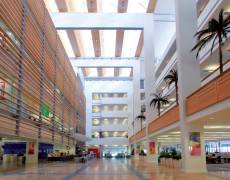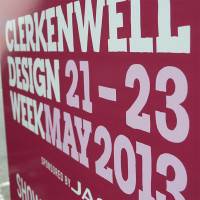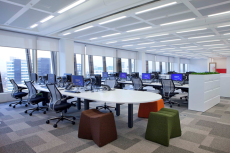June 10, 2013
NeoCon and ThinkFM offer two different views of the facilities management elephant
This week sees two events taking place on opposite sides of the pond that should hold a mirror up to the way we currently design and manage workplaces. In Chicago, it’s time for NeoCon, the annual office furniture behemoth held in the vast Merchandise Mart and attracting some 40,000 visitors, while in London it’s the distinctly low-key Think FM conference from the BIFM held at the Royal College of Physicians – for today only, as they say. While these are two very different events in terms of scale, content and format and both are nakedly commercial, only one strikes me as particularly meaningful. And even that is only about the meaning of one part of the facilities management elephant.




























June 12, 2013
Niels Diffrient redefined what we know about ergonomics and office furniture
by Mark Eltringham • Comment, Furniture, Workplace design
More →